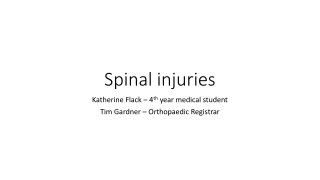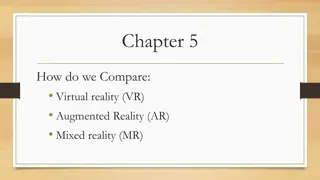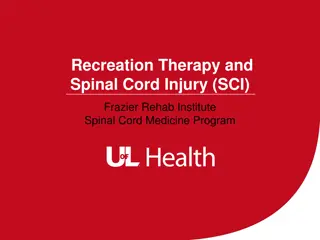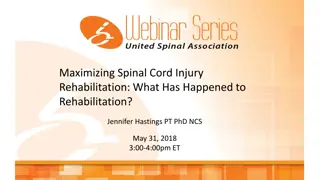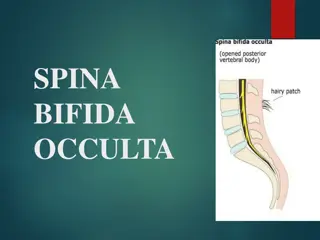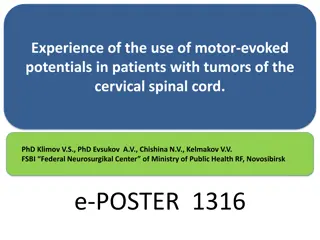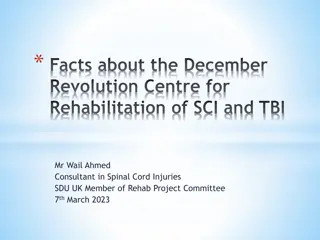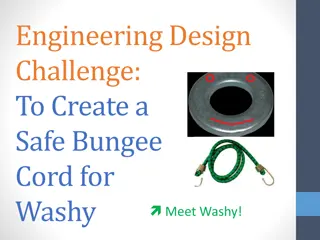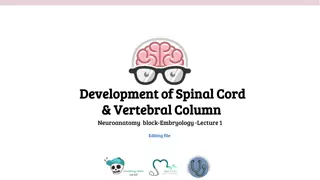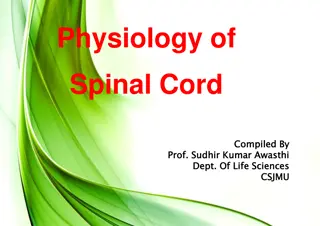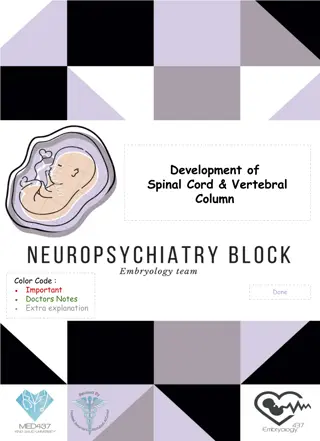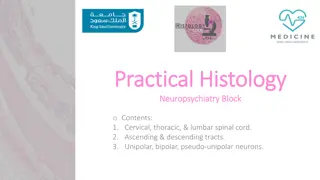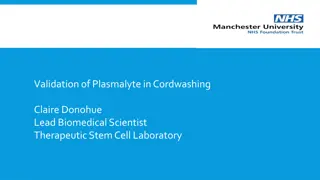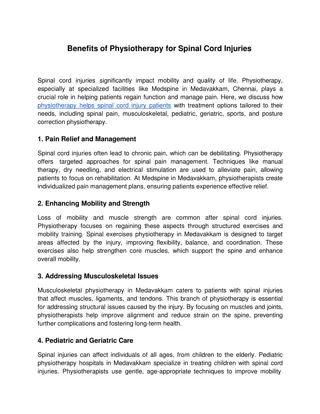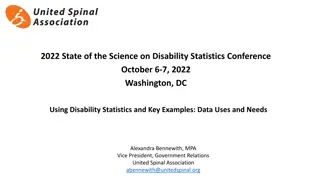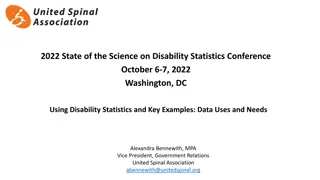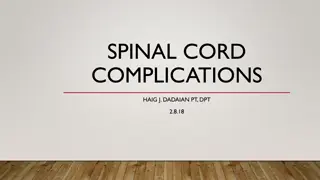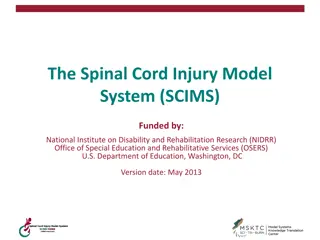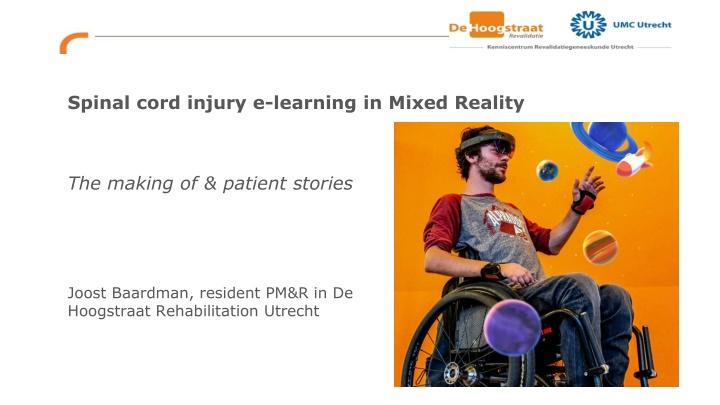
Spinal cord injury e-learning in Mixed Reality
Bodily consequences of spinal cord injury (SCI) are complex. Knowledge is essential for health. Mixed Reality (MR) enhances education visually. Learn about the development of an MR e-learning initiative in co-creation with patients, professionals, and software developers, focusing on SCI rehabilitation. Explore the project overview, patient stories, first results, and initial conclusions. Find out about the positive feedback from developers and patients on the visually supported MR e-learnings. Stay tuned for further updates at DCRM 2021.
Download Presentation

Please find below an Image/Link to download the presentation.
The content on the website is provided AS IS for your information and personal use only. It may not be sold, licensed, or shared on other websites without obtaining consent from the author. If you encounter any issues during the download, it is possible that the publisher has removed the file from their server.
You are allowed to download the files provided on this website for personal or commercial use, subject to the condition that they are used lawfully. All files are the property of their respective owners.
The content on the website is provided AS IS for your information and personal use only. It may not be sold, licensed, or shared on other websites without obtaining consent from the author.
E N D
Presentation Transcript
Spinal cord injury e-learning in Mixed Reality The making of & patient stories Joost Baardman, resident PM&R in De Hoogstraat Rehabilitation Utrecht
Background Bodily consequences of spinal cord injury (SCI) are complex. Knowledge is essential for health. Mixed Reality (MR) can visually strengthen education. Development of an MR e-learning in co-creation with patients, professionals and software developer. Part of a project with MR exer- games in SCI rehabilitation.
Project overview January 2020 September 2020: iterative development. Contributors: project group, 10 inpatients, 8 (other) rehabilitation professionals. September 2020: start pilot study. April 2021: end of pilot study. Evaluation through usability questionnaires and interviews.
First results Results are part of a broad project evaluation with 25 participants. Too little quantitative data due to loss to follow-up and incomplete questionnaires. However, 17/25 were interviewed. Detailed analysis has yet to be performed. Most experienced it as clear visual explanation , adding up to regular counselling. Usability concerns are solved. Room for expansion!
First conclusions and the next step Developers and patients think that visually supported MR e- learnings are beneficial. Further results will be presented at DCRM 2021. Currently used in inpatient rehabilitation in De Hoogstraat, will be evaluated in the future. Possibly expanded with modules about bladder or respiratory function disabilities
Thank you for your attention! Special thanks to: De Hoogstraat Project Group Holomoves Anneke Collet Klaas Wit

